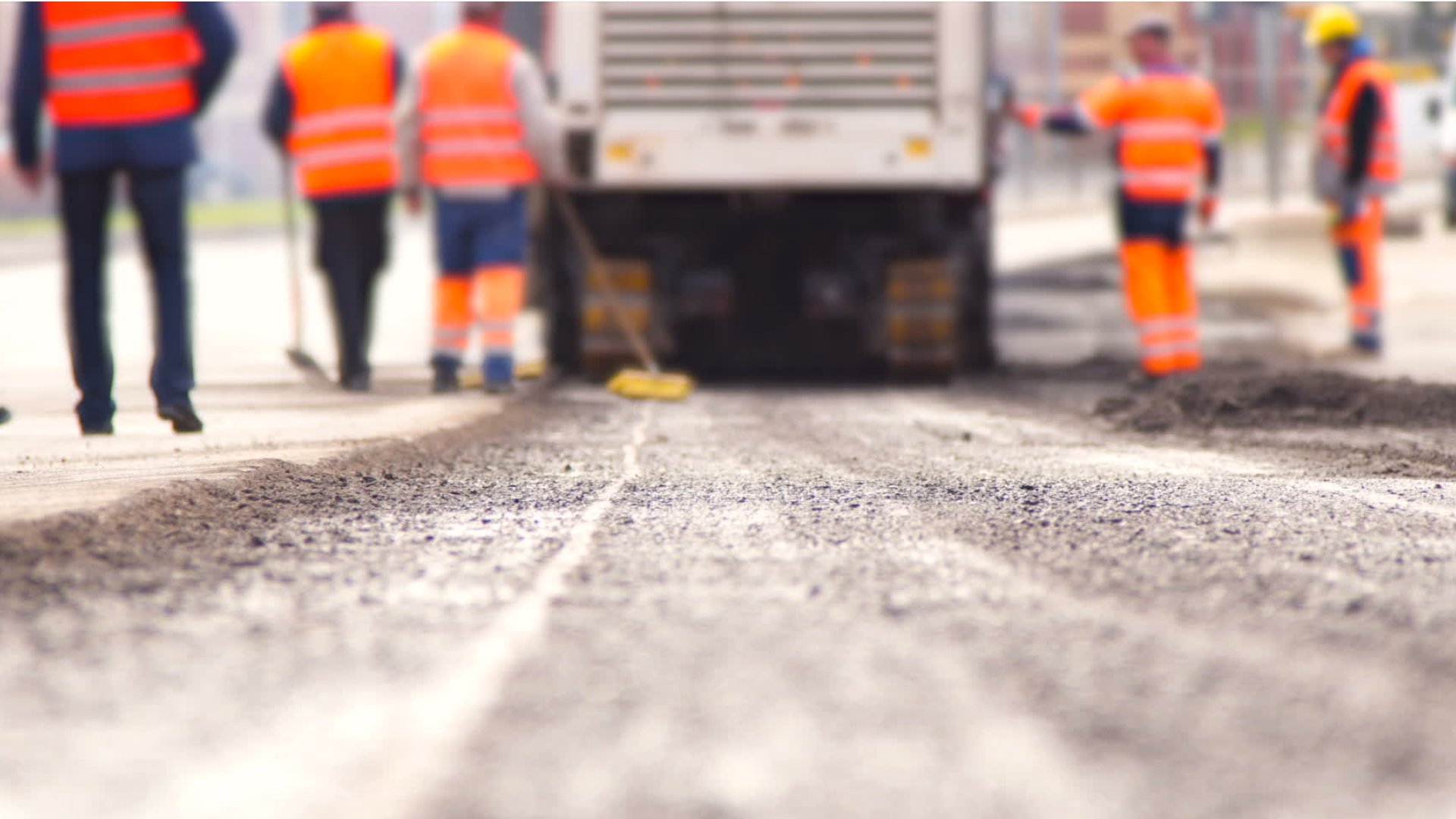
Roads are significantly more expensive to build and maintain than other options.
Transit prevents wasteful spending.
Roads are expensive
Highways and roads are the fifth-highest expenditure of state governments, with 75% of funding coming locally. Pennsylvania’s road system is as large as New York, New Jersey, and all New England States combined, and costs the commonwealth over $6.5 billion annually just to maintain. Transit, by contrast, gets only 1/3 as much funding, and bicyclists and pedestrians get 0.03% of that budgeted to cars. Parking lots, alone, costs Pennsylvania $88.2 million every year.
Pennsylvania spends more per mile on roads than transit
According to the 2024-2025 Commonwealth of Pennsylvania Executive Budget, highways and roads are more expensive per mile to both build and maintain than rail transit. Lets do some math:
$14.9 million per mile
$ 1.07-2.33 million per mile**
$197 thousand per mile
$143 thousand per mile
*Pennsylvania is not currently building any new railroad tracks.
**B3+B34 & C4+C34, and adjusted for local construction costs (22.81% lower than the national average).
From Pennsylvania’s own numbers, rail transit is at least 27% cheaper than car infrastructure, and could offer up to 93% savings. This makes intuitive sense, as highways are significantly larger than railroad tracks, and therefore take much more space and materials to build and maintain. Some highway interchanges are even
the size of entire cities, yet while reducing the land values of what’s left. While driving may offer more flexibility (barring traffic, weather, and financial burden to keep the vehicle fueled and maintained), most everyone travels between major towns or cities, not Orivston to Ashland or Muncie to Rebersburg, and it makes no financial sense to build only the most expensive infrastructure for all possible trips, especially when a majority of trips could be easily covered by less expensive options. Building a more robust intercity transit system would save Pennsylvanians tax money and create more jobs than doubling down on car dependency.
Trains are very expensive, but they’re still less expensive than highways
Of course, building a new passenger rail line is hardly cheap. However, PennDOT has allocated half-a-billion dollars for the 8-mile State College Area Connector highway, with some estimates as $700,000,000. By contrast, for Phase 1 of the Centre County Highway Revolt plan, the only new track required is 2 miles from Lemont to State College. Even if this is whoppingly over-engineered at High Speed Rail tunnel standards, costing over $100,000,000/mile, the project will still have plenty of money left over to rehab the existing track, build stations, buy vehicles, and come in well under the budget of the SCAC highway project, doing the same thing, but much more efficiently.
Future phases including the tunnel under Bald Eagle Mountain between Port Matilda and Graysdale will also have hefty costs, but they needn’t come at the expense of burdensome new taxes. Spending on highways is increasing, and highway projects routinely run over-budget, a fact which has been true since the start of the Interstate Highway System (although there is a notable double-standard in reporting project budget overruns). In fact, the cost of building roads exceeds the benefits by 17%, which cripples state spending. However, for all these costs, US roads are over-built, and have a lifespan of at least 25 years, giving plenty of runway to build up alternatives. Thus, instead of building new, expensive, and insolvent highways, we can divert PennDOT’s existing road spending to building better rail transit. Rail costs less to build, less to operate and maintain, and has a higher return on investment than any road project, giving you more bang for your buck on existing transportation budgets.
The suburbs are a Ponzi scheme
Auto-dependent land-use patterns, commonly called suburban sprawl, can take many forms: single-family homes, large parking lots, single-use zoning, and even building setbacks leaving large swaths of nonfunctional turf grass between the road and structures. Sprawl spreads out taxpayers across wide areas, but while increasing the cost to connect them. For the same tax revenue, a city must now build many more miles of roads, plumbing, and transmission wires, effectively raising costs while diluting its tax base. To remain
solvent, local governments allow developers to make new low-density housing on the edge of the urbanized area, infusing the city with short-term funds from a new tax base to pay for existing maintenance. This has been termed the Growth Ponzi Scheme, and has been understood for almost 15 years. At the extreme end, the sprawling, low-density town of Backus, Minnesota would have needed a tax rate of 99.8% to pay for just its own wastewater system.
Learn more about how car-dependency is financially insolvent
YouTuber Jason Slaughter teamed up with the Strong Towns initiative to describe how car-dependent infrastructure is fundamentally broken and fiscally harms cities and towns.
Part 1 introduces the series and goes into the history of the Strong Towns initiative.
Part 2 highlights the tax inefficiencies of single-use suburban infrastructure, and how they make cities poorer and less resilient.
Part 3 describes the Growth Ponzi scheme and how suburban infrastructure cannot pay for its own upkeep.
Part 4 explains how low-density, car-dependent infrastructure can lead cities into bankruptcy.
Part 5 details the concept of Stroads, roads that are sprawling, expensive, and dangerous. A local example is Atherton Street in Ferguson Township and Boalsburg.
Part 6 describes how unsafe speeding should be prevented not with speed limits, but with road design.
Part 7 shows how car-dependent suburbs are a net drain on city finances and are subsidized by denser, poorer neighborhoods.
Part 8 covers the history and rise of government-subsidized car dependency.
This video from Strong Towns quickly summarizes the problems of suburbia and how you can start helping to fix the problem.
This video details how to improve your community from the ground up with grassroots action and guerrilla urbanism.



